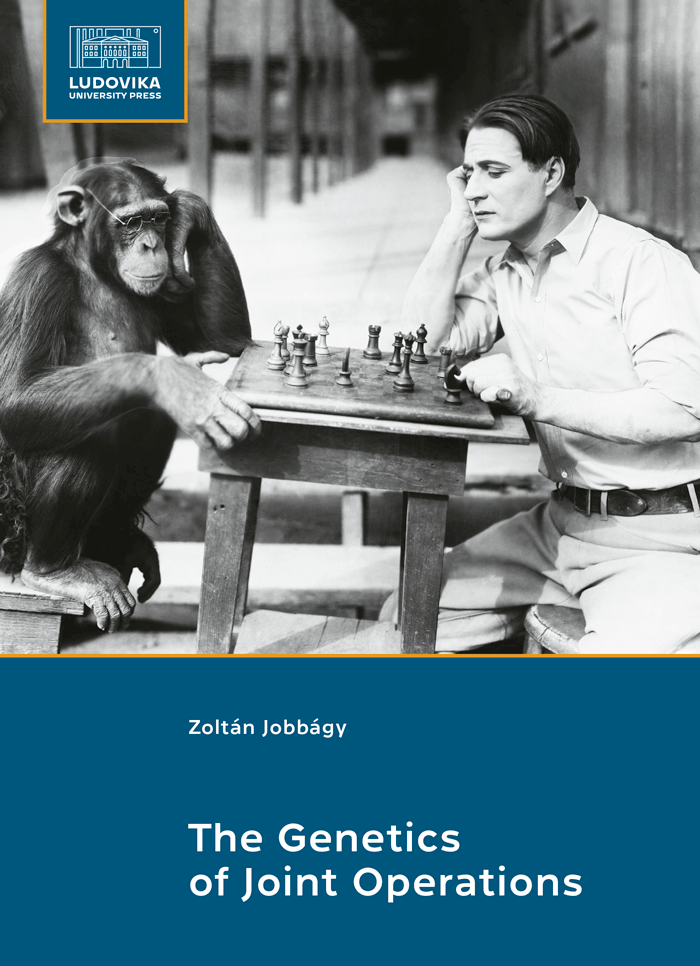The Genetics of Joint Operations
A biological perspective on human behaviour has much to offer for a better understanding of the relationship between co-operation and conflict. Regardless whether one sees war and joint operations through the eyes of Clausewitz, approaches it as a complex optimisation process, or examines it along attributes that display similarities with biological evolution, there are timeless and innate characteristics. It is not difficult to conclude that both biological evolution and joint operations are intrinsically complex, and primordial violence is at the heart of both.
Thus comprehending joint operations in an evolutionary framework rejects classical theories and promotes complexity thinking that requires a shift from mechanics to biology. The emphasis should move from statics to dynamics, from time-free to time-prone reality, from determinism to probability and chance, and from uniformity to variation and diversity.
In this book the author approaches joint operations as a complex adaptive system in which the system properties emerge from the interactions of the many components at lower levels. Dispersed interactions indicate a mechanism that lacks global control, but feeds from a crosscutting hierarchical setup. Similarly to biological evolution, joint operations also feature perpetual novelty and are far from equilibrium dynamics that demand continual adaptation.
This requires soldiers to evolve rapidly to handle dynamic and changing situations instead of focusing on anticipated circumstances and conditions that come as the result of single and rigid prescriptive models. Biological evolution as a basis for better understanding the dynamics of military operations certainly does good service. First it helps value the many irregular processes found on the tactical level, second it can help find a balance between centralisation and decentralisation when executing tactical level tasks. Third, it can facilitate a better understanding for achieving a match between the external diversity of the environment and the internal variation of military organisations to cope with the many challenges present in that environment.
The book is available free of charge in electronic format on “Közszolgálati Tudásportál”.
A kiadvány ingyenesen elérhető e-könyv formátumban. A letöltéshez, kérjük, jelentkezzen be, illetve regisztráljon weboldalunkra a Saját fiók menüpontban.
This book is open access. To download, please log in or register on our website under Saját fiók.

